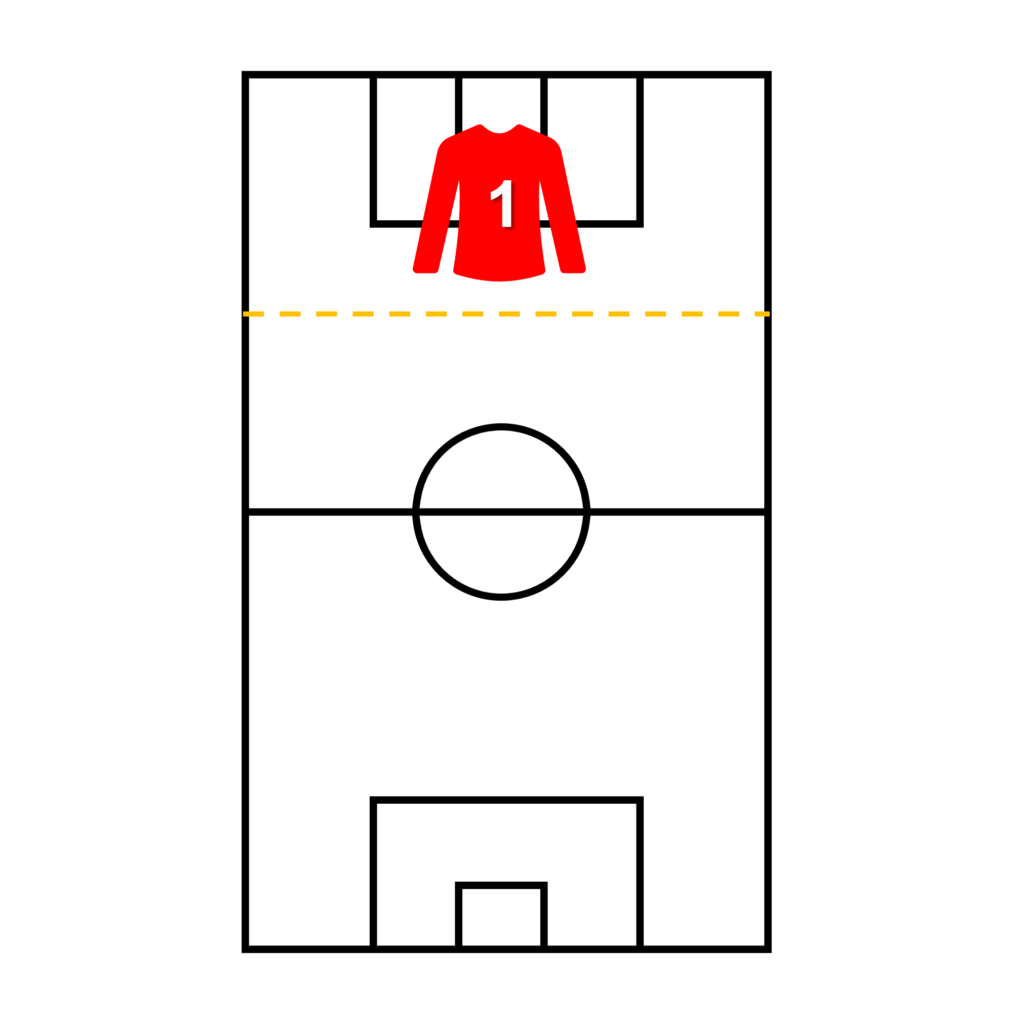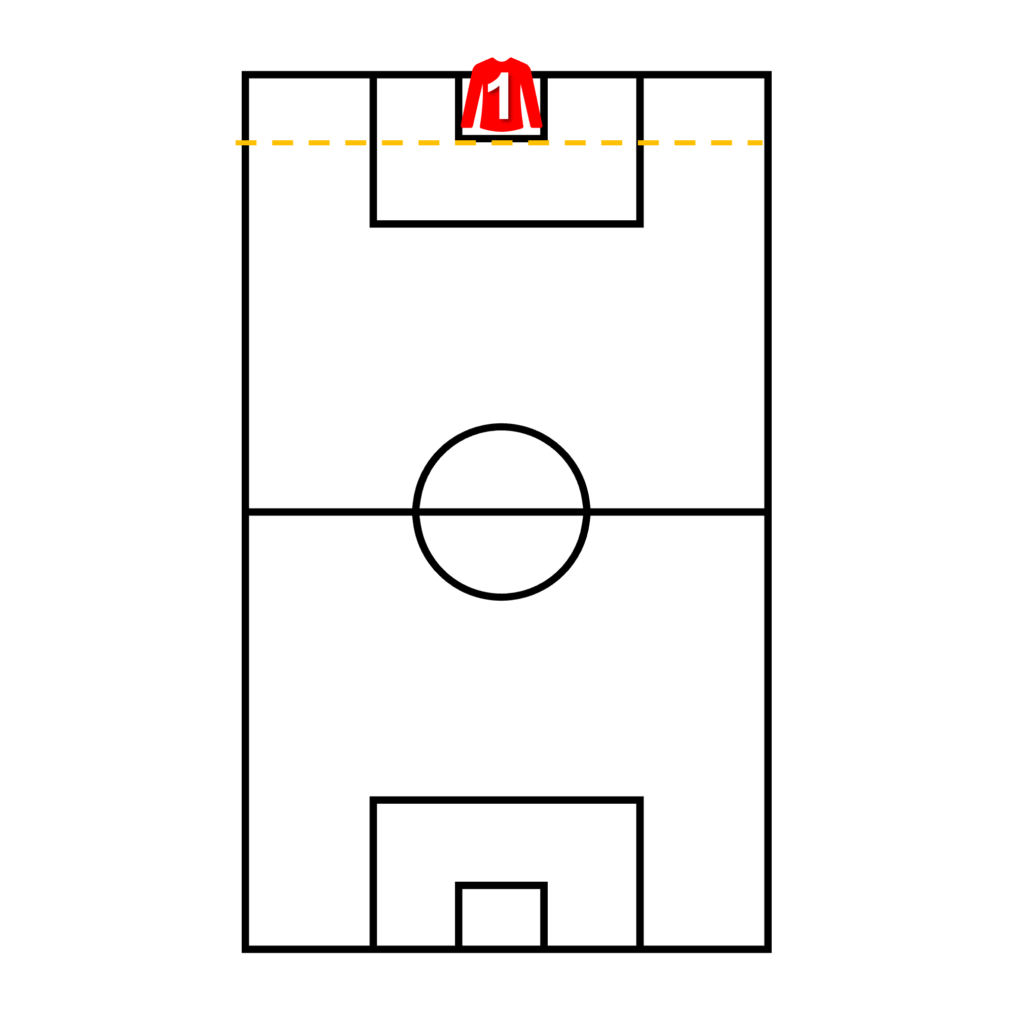Introduction
The position of goalkeeper has always been a point of contention when discussing football. Usually, when a team is announced, the goalkeeper is mentioned in a separate category from the 10 outfield players. Perhaps this is the reason that Jonathan Wilson, the famous football writer, entitled his book about the goalkeeping role The Outsider.1 Because, let’s face it, goalkeepers are outsiders, due to how specific and highly specialised their role is, and how much pressure they are under to perform every game. When considering all positions on the pitch, the goalkeeper is the most likely to win or lose the team a game.
The only player on the field allowed to use their hands when controlling the ball, the goalkeeper is also the only position in modern football that is required to be fulfilled. More specifically, even if the goalkeeper is injured or is sent off, a backup goalkeeper or an outfield player must take his place. This, in my opinion, underlines the importance of the goalkeeper in football compared to other sports like hockey, where you are allowed to substitute your goalkeeper for an outfield player.
Due to the specialisation of their role, goalkeepers usually train separately from the main team. Their training usually focuses on shot-stopping, positioning, diving, footwork, short bursts of movement, and resetting position after a diving save has been made. Moreover, tactical training includes defending corners, set pieces (free kicks or penalties), and one-on-one situations.
Naturally, some goalkeepers have qualities that are better suited to different goalkeeping styles, such as sweeper keepers, ball-playing goalkeepers, or traditional goalkeepers focused on shot-stopping. However, these styles (as we know them now) would not have been a reality without the seminal backpass law abolition in 1992. This change revitalised the goalkeeping role and, in a more general way, reinvented football. As modern football evolves, these categories become better defined, and truly top tier goalkeepers must blend elements from all these categories. However, as we will see when discussing these roles separately, it is possible to become a top tier goalkeeper whilst adhering to one or two of these categories.
Role Breakdown
Sweeper Keeper

Ball-Playing GK

Traditional GK

References
- Jonathan Wilson, The Outsider: A History of the Goalkeeper, ISBN-10 :1409123197, Orion; UK ed. edition (Feb. 5 2013)
[ratemypost]
[ratemypost-result]
